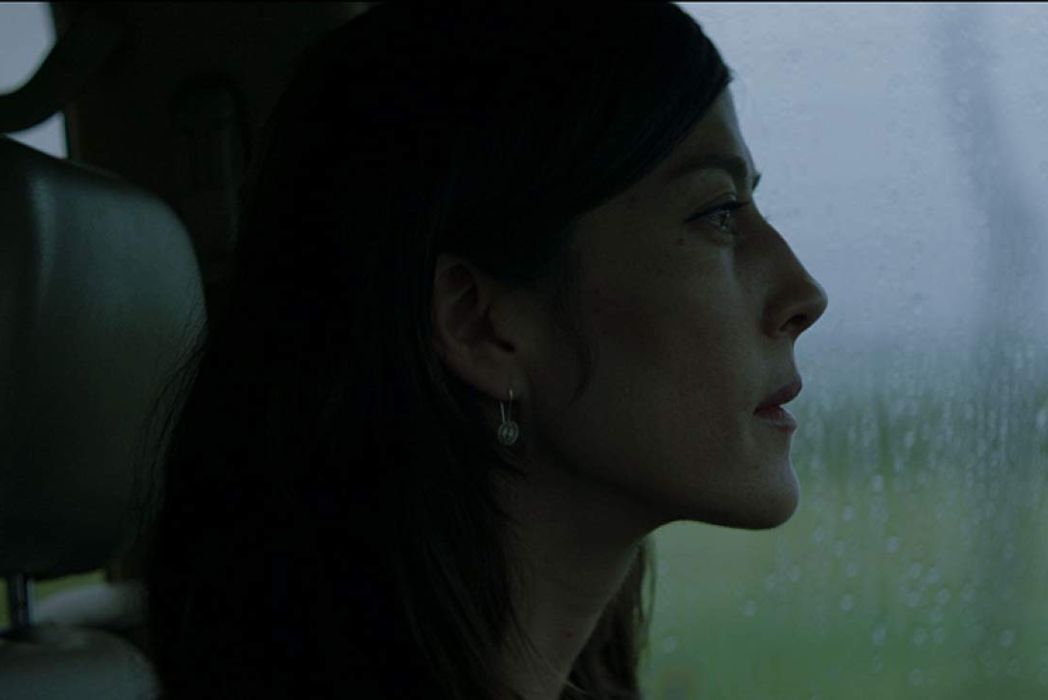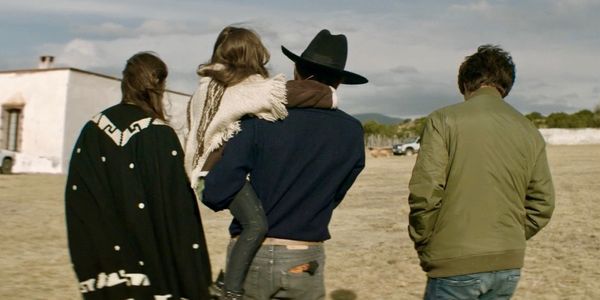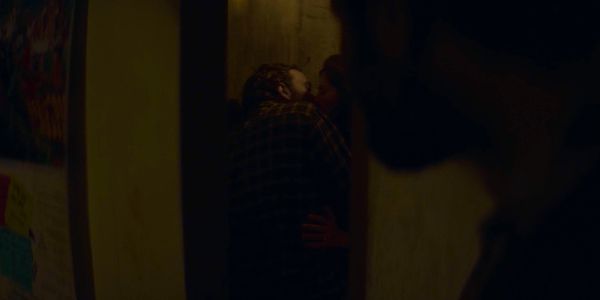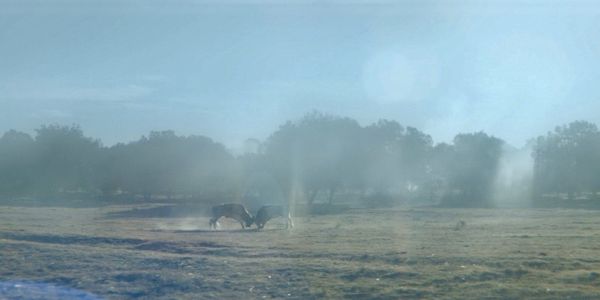OUR TIME (NUESTRO TIEMPO): Time Is Of The Essence

Soham Gadre is a writer/filmmaker in the Washington D.C. area.…
There is a clock lightly ticking near me as I write this. I’m very aware right now that each of those ticks is a second that is passing by and will never be re-experienced ever again. By the end of me having written this essay, thousands of these ticks will have gone by, not stopping for anyone, completely relentless in their march towards yet another second, minute, hour, day, and year in the history of the universe.
Yet, none of these concepts are mean anything outside the context of our human conception of them. We created them and thus, only our existence can define them. These definitions are vague, however. The concept of time is experienced differently by different people. This is what Carlos Reygadas’s Our Time gets across.
The plot revolves around a poet and bull rancher named Juan (director Carlos Reygadas himself) who grows increasingly jealous about his wife Ester having an affair with a gringo named Phil. Juan’s feelings are complicated, because he is not confrontational nor violent nor confident as an individual, especially around his wife. He seems open to the idea of her being with other men but wants to be involved as well, to which she rebuffs him continuously. The way this unfolds in terms of family dynamics, and whether they rekindle their relationship or it completely tethers is antithetical to the importance of how they feel about the time they have spent together.
Seconds, Minutes, Hours, Days, Years
Our Time is after all, about time and what we do with it. Similar to Chantal Akerman’s Jeanne Dielman, 23 quai du commerce, 1080 Bruxelles (1975), the film utilizes lengthy sequences which occur in “real time” and keep us conscious of its gradual passage. These range from an aggressive bull mauling and killing a horse while two farmers cower for their lives, a concerto featuring a woman with a percussion solo, and a plane flying through mountains and eventually into an airport in the city. All of these moments are ones in which we contemplate the time as either zipping by, ticking away gradually, or standing still.

The prospect of death, as with the bull and horse, is the closest we come to truly understand the value of each second. The concerto is comprised of notes and beats which divide time into fractions, each one adding on the previous and collectively culminating to an endpoint and applause. Whether we are enjoying the performance or not, we are conscious of time passing with each note.
The most significant sequence, however, is the landing of the plane. While this sequence is tangentially related to the plot, as are the others, it lives by itself as a microcosm of our journey through life. Reygadas overlays on this, a narration from Ester as she explains to Juan that the moments of love between them, the marriage, the sex, the children, are moments which in and of themselves don’t hold much density, but the ripple effects, the continued chain reaction of those events are what matter.

While Juan is continually infatuated with the singularity of those moments, reliving them, and holding them close to him, Ester has been wrung empty over the years and has long been ready to move onto something new. For her, her experiences with Juan were temporary feelings of joy which have since become depleted. She was transformed through this gradual emptiness and now longs to be full again.
Buried By the Sands of Time
Sexual desire, a Reygadas staple, is once again the connecting chain of life and death. We see characters like Ester and Juan in past Reygadas films, especially Silent Light, where a marriage upended by an affair creates a slow and painful deterioration of trust between the husband and wife. Juan complains, behaves passive-aggressively, but his sexual desire for Ester is ever present and yearning. He presses her to show him even the smallest morsel of the passionate fire that existed between in their early years, even if it is faked.

Like all of Reygadas’s films, this one is bookended by two lengthy, beautifully photographed sequences which only marginally have to do with the central plot of the movie, but complement its overarching philosophy perfectly. We start the film with a joyous outpouring of celebration as kids fool around in a large pond. Children take turns pushing each other into the water, teenagers fall in love, it’s bright and sunny, a holiday celebration caps the night. In the end, a drowsy fog overtakes the ranch. Two bulls lock horns in a fight to the death. One is shoved off a cliff and falls limp-bodied to the ground. The rest of them go about their business. Like Ozymandias, the mighty bull too will be buried by the sands of time.
Our Time: Conclusion
Our Time combines the best autobiographical instincts and inspirations of Post Tenebras Lux with the genuine emotional weight of Silent Light, making it one of Reygadas’s most realized and philosophically complete works. There isn’t a single sequence in the film which feels unneeded or doesn’t contribute to a larger understanding of why time is of such essence to each of us, but for completely different reasons.
Our Time was released in theaters in the U.S. on June 14th, 2019.
Does content like this matter to you?
Become a Member and support film journalism. Unlock access to all of Film Inquiry`s great articles. Join a community of like-minded readers who are passionate about cinema - get access to our private members Network, give back to independent filmmakers, and more.
Soham Gadre is a writer/filmmaker in the Washington D.C. area. He has written for Hyperallergic, MUBI Notebook, Popula, Vague Visages, and Bustle among others. He also works full-time for an environmental non-profit and is a screener for the Environmental Film Festival. Outside of film, he is a Chicago Bulls fan and frequenter of gastropubs.













